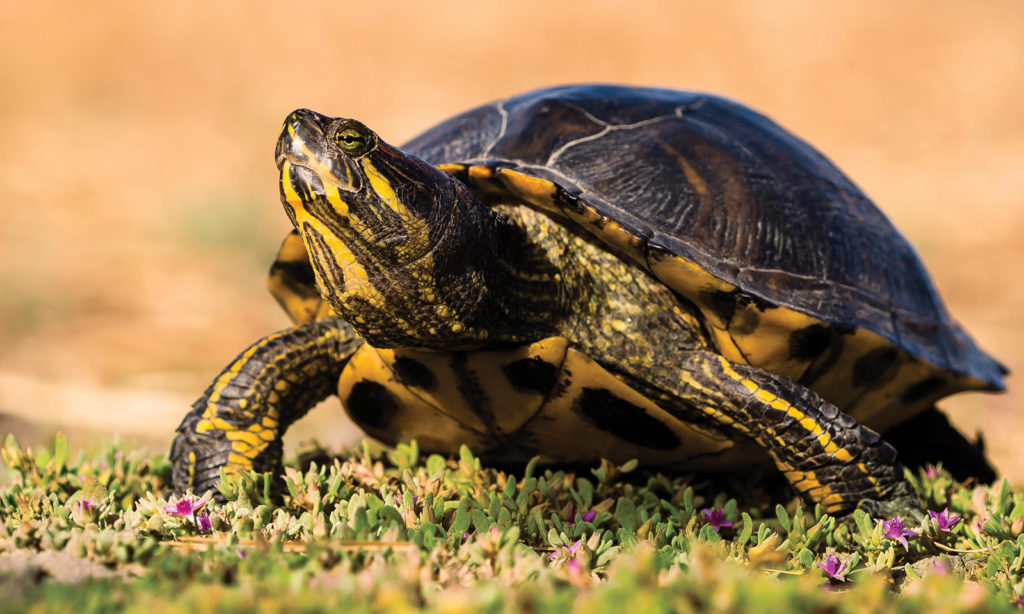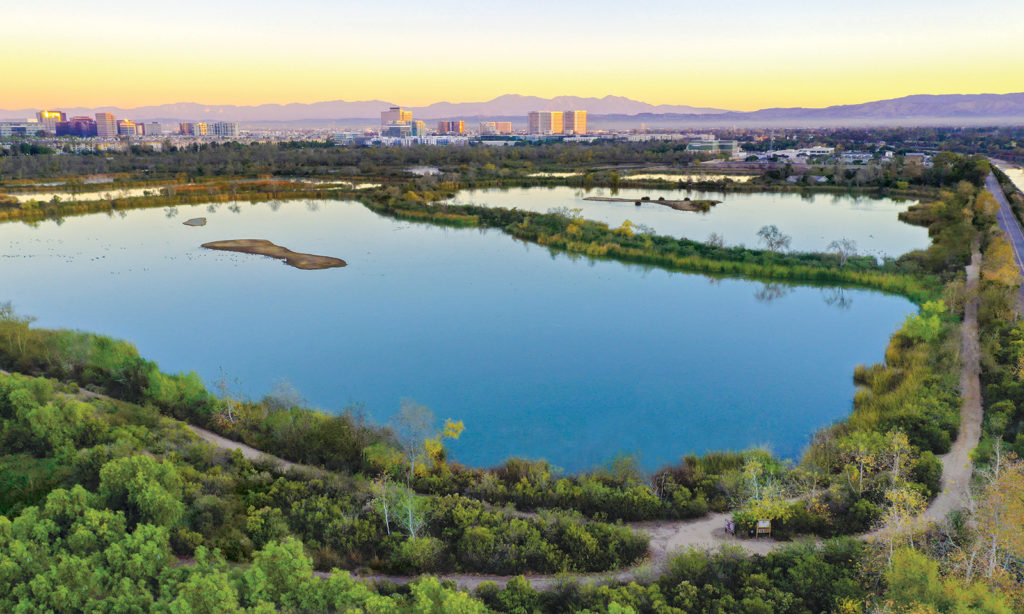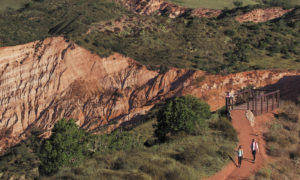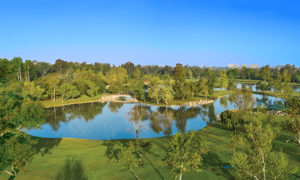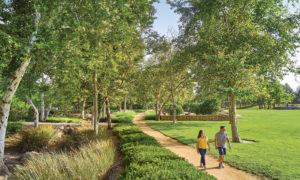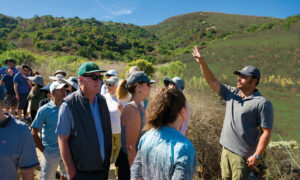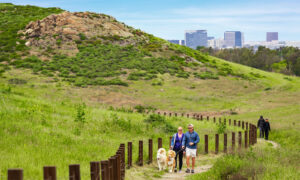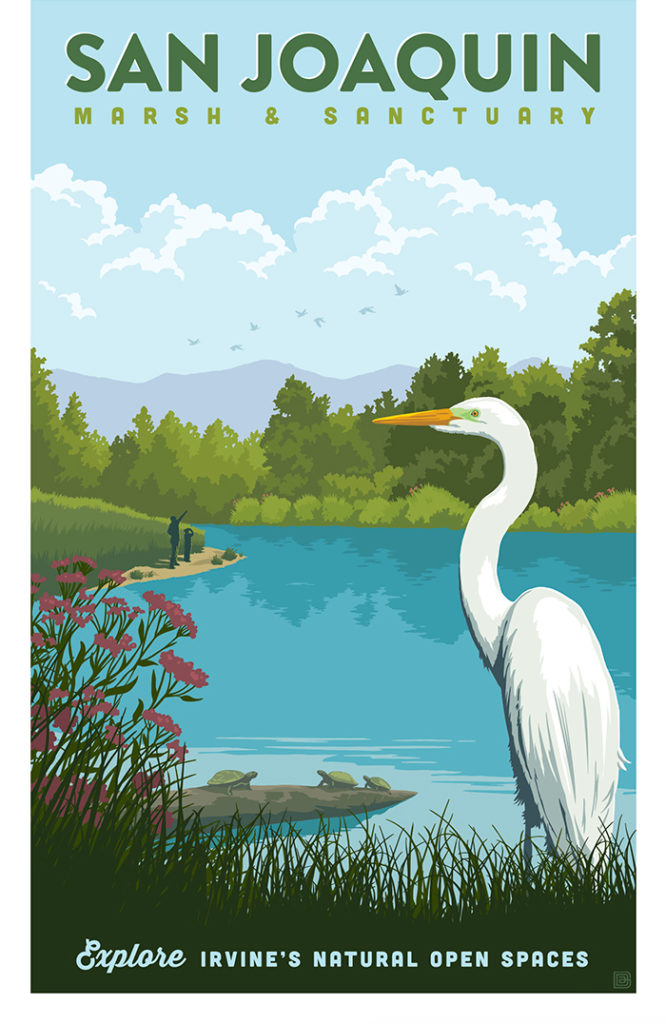 Irvine offers a surprising find: 300 acres of freshwater marsh and 12 miles of trails a stone’s throw from the University of California campus. The San Joaquin Marsh and Wildlife Sanctuary is for the birds, literally. More than 320 species stop here during annual migrations or live here year-round, attracted to freshwater ponds lined with willows and cottonwoods. Here they find roost sites, nesting space and food.
Irvine offers a surprising find: 300 acres of freshwater marsh and 12 miles of trails a stone’s throw from the University of California campus. The San Joaquin Marsh and Wildlife Sanctuary is for the birds, literally. More than 320 species stop here during annual migrations or live here year-round, attracted to freshwater ponds lined with willows and cottonwoods. Here they find roost sites, nesting space and food.
Dense stands of trees block views of city life in the distance. They also define vignettes of water and wildlife that change with the seasons. This month, watch for American white pelicans, Canada geese, shorebirds, tree swallows, northern harriers (a type of hawk), and even white-faced ibis. While some are present on open water, rails and other birds are more subtle as they feed among bulrushes at the shoreline.
In the 1990s, the Irvine Ranch Water District and Irvine Company restored and reconfigured the original ponds into the naturalized waterscape you see today. It is nearly two-thirds the size of New York’s Central Park. Contact Sea & Sage Audubon Society to learn more about the marsh’s wildlife.
Jenny Rigby directs The Acorn Group, a design firm dedicated to interpreting natural history.

Birds to watch
More than 320 species of birds live at or migrate to San Joaquin Marsh each year. Watch for these avian ambassadors this month.
Herons and egrets
Which are which? Long- legged and elegant, these birds forage in shallow water. Great blue herons, blue-gray in color, are the largest. Egrets, white in color, are smaller and have either black or yellow beaks. Watch them stalk and snag a meal.
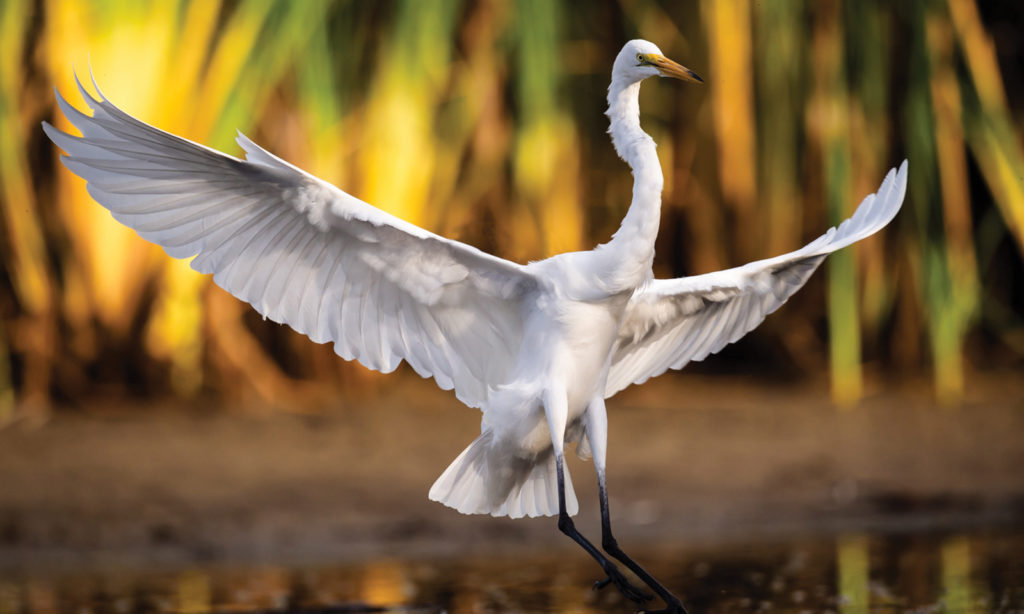
Ducks
Which dabble, which dive? Dabbling ducks, such as mallards and teals, dip their bills to strain plants and tiny invertebrates. Diving ducks, such as buffleheads and scaups, dip their entire body, swimming underwater to catch fish or aquatic insects.
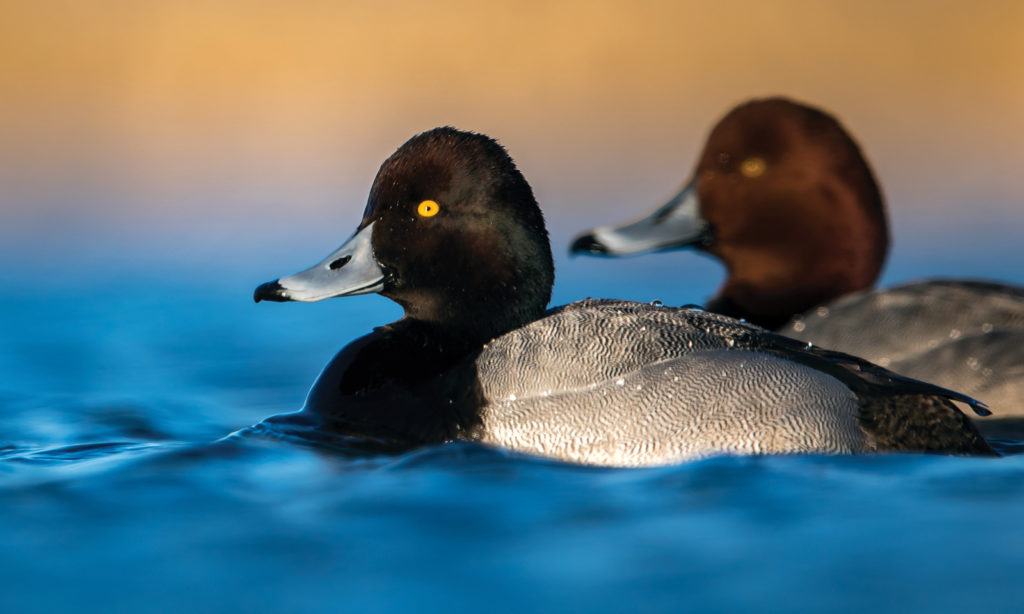
American Pelicans
How social are pelicans? Many American white pelicans spend winter along the coast. Whether foraging, flying or floating, they tend to move as a flock. Watch for these graceful birds resting on the water’s surface.
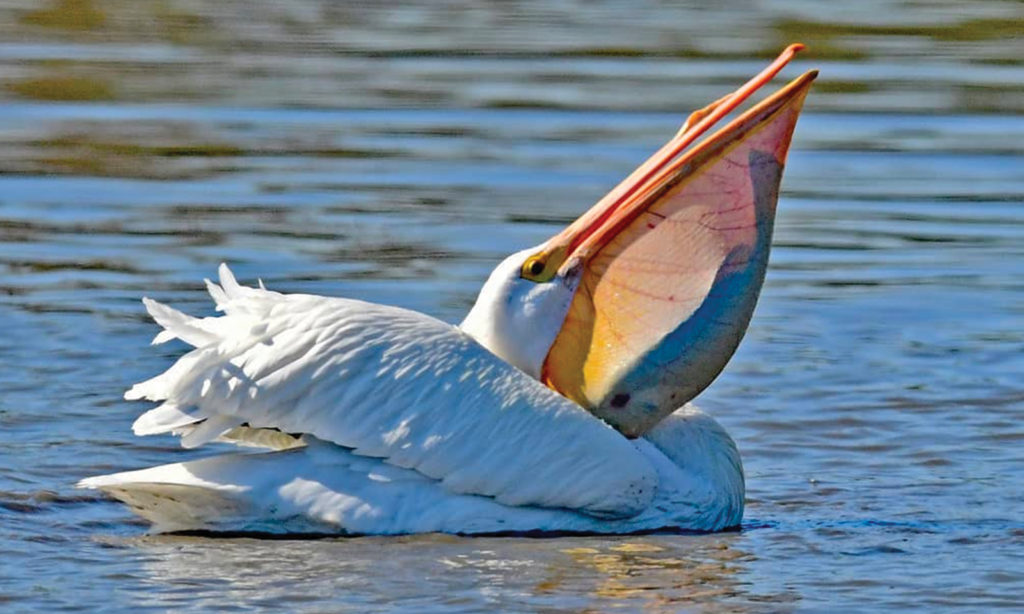
WILDLIFE TO SEE
Local photographer Eric Doran captured these striking images. He visits the San Joaquin Marsh in early morning or late afternoon to take advantage of soft sunlight.
Frogs
The Baja California tree frog is well known for its “rib-it” or “krek-ek” call. One frog starts calling and others join in, creating a loud chorus of trills. This small amphibian thrives in freshwater environments.
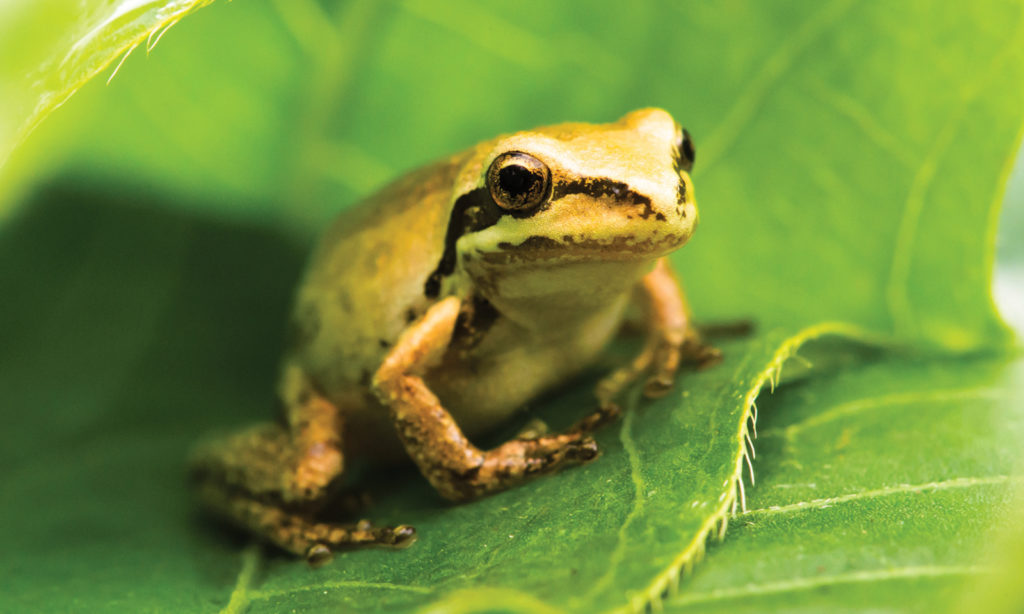
Butterflies
With a half-inch wingspan, the western pygmy bl is one of the smallest butterflies in the world. It is found throughout Southwest. Despite its name, its wings show more copper than blue is one of the smallest butterflies in the world. It is found throughout the Southwest. Despite its name, its wings show more copper than blue.
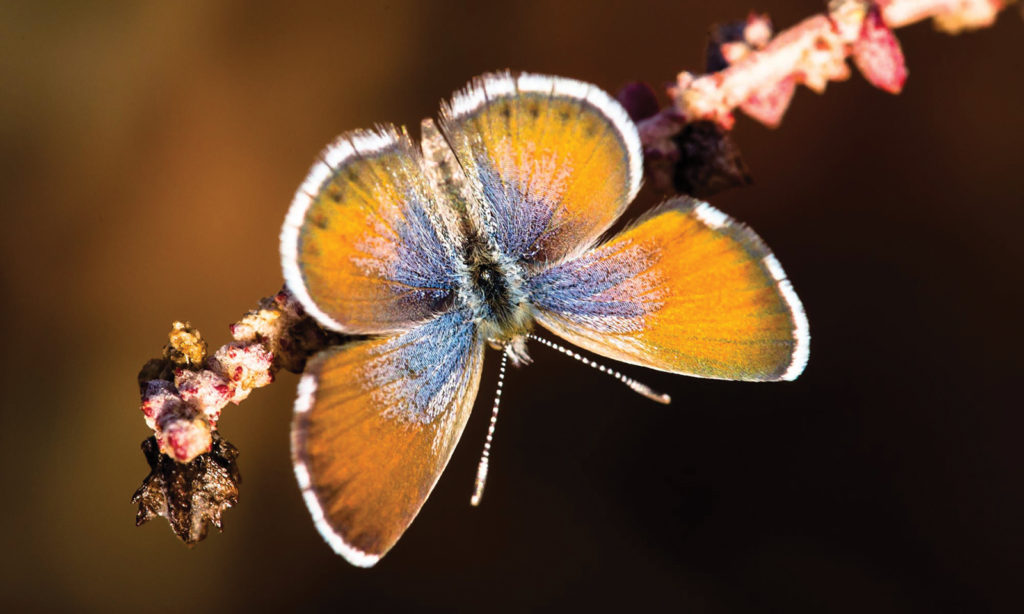
Turtles
Red-eared sliders, distinguished by a thick red stripe behind the each eye, are common non-native turtles seen at the marsh. Watch for them basking in the sun on the banks of the ponds.
